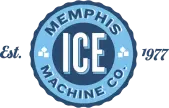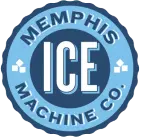proudly serving
the mid-south
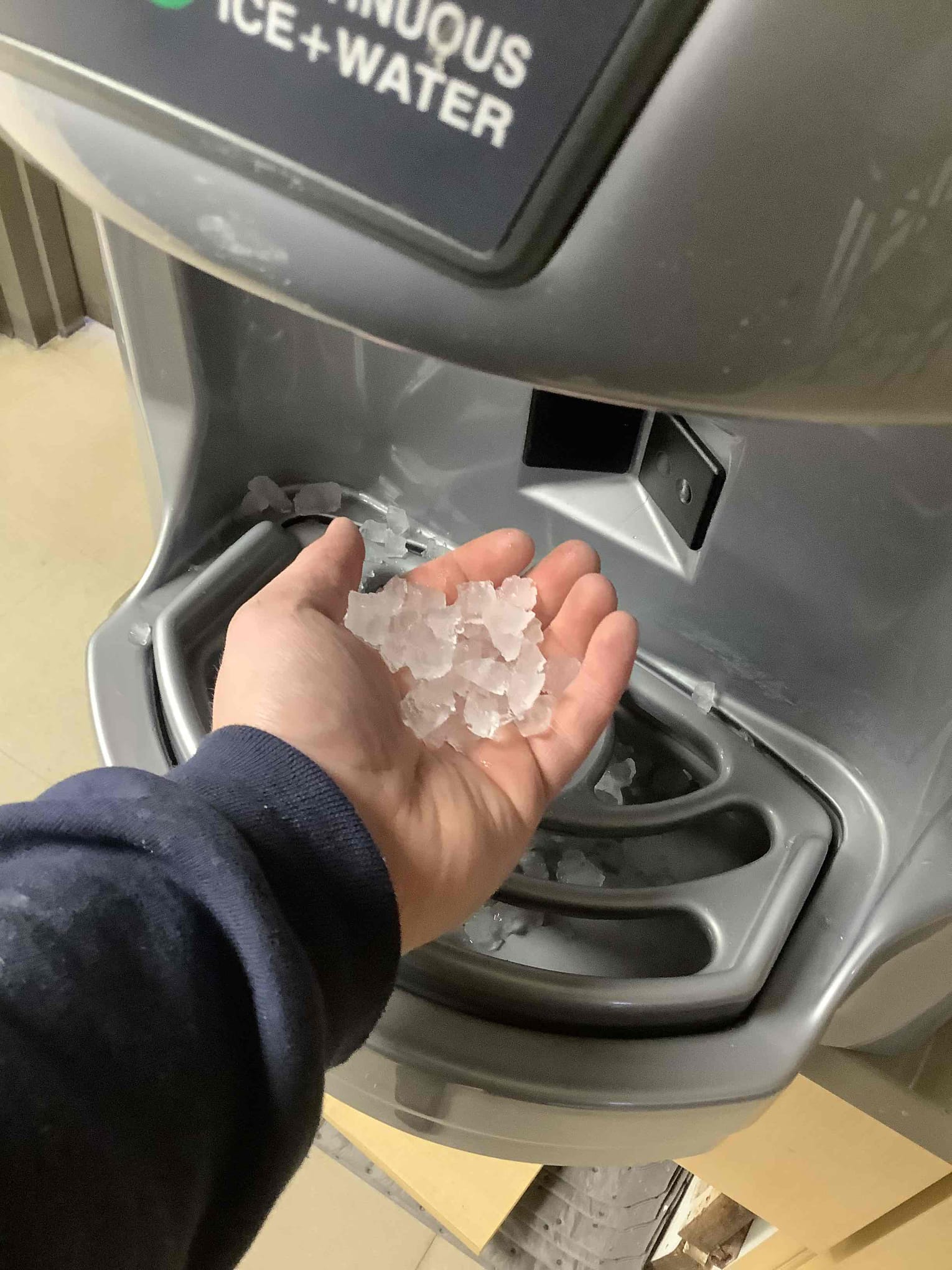
Best Temperature Settings for Different Refrigeration Systems Explained Simply
Keeping your refrigeration systems at the right temperature is key to making sure your food, drinks, and ice stay safe and fresh. Most commercial refrigerators work best between 34°F and 40°F. That’s cool enough to protect your stuff, but not so cold it freezes everything. This applies to everything from restaurant prep tables to walk-in coolers.
Each system has its quirks. Ice machines need the room temperature just right—too hot, and ice production slows down; too cold, and jams happen. Knowing these details can really extend the life of your equipment.
At Memphis Ice, we’ve been helping Mid-South businesses figure this stuff out since 1977. If you’re not sure about the best temp for your ice machine or how to keep your cooler humming, just keeping these ranges in mind can save you a lot of headache.
Why Temperature Settings Matter
The right temperature in your refrigeration systems keeps food fresh, manages energy bills, and makes your equipment last longer. Even a few degrees can change safety, costs, or how often you’re calling for repairs.
Impact on Food Safety
Temperature controls stop bacteria from taking over your food. You want to keep most refrigerated items between 33°F and 40°F to prevent spoilage and hold onto quality.
If things get too warm, bacteria multiply fast. That can make food unsafe, trigger health inspection problems, or just make your stuff taste off. Frozen goods need steady cold temperatures below 0°F to stay safe.
Walk-in coolers or bar fridges should have settings that match what you’re storing. Dairy and deli meats need it colder than, say, bottled drinks. Memphis Ice recommends regular checks to catch problems before they get out of hand.
Energy Efficiency Considerations
Set your refrigeration too cold, and you’re wasting electricity and money. The compressor works overtime for no real benefit.
Stick to the recommended ranges to keep energy use in check:
| Equipment Type | Ideal Temperature Range |
|---|---|
| Walk-in Cooler | 33°F to 40°F |
| Freezers | 0°F or below |
| Bar Refrigeration | 36°F to 38°F |
Dialing in the right temperature settings means less wear on the compressor and fans. That cuts down on maintenance and helps you avoid those “why is my fridge not working” moments during rush hour.
Preventing Equipment Malfunctions
Wrong temperature settings spell trouble. If you set the thermostat too low, the compressor never gets a break and can overheat.
Set it too high, and food warms up, so the system has to work harder to cool things down again. That back-and-forth can wear out parts like the evaporator plate or condenser.
We’ve seen at Memphis Ice how routine maintenance and the right temps keep things running. Regular checkups and tweaks go a long way toward avoiding downtime and expensive repairs.
Standard Temperature Ranges for Refrigeration
Getting the temperature right keeps your food safe, fresh, and ready to use. Each type of refrigeration system has a sweet spot, depending on what you’re storing.
Recommended Settings for Residential Refrigerators
Home fridges should stay between 35°F and 38°F (1.7°C – 3.3°C). That’s cold enough to keep food fresh, but not so cold it freezes your salad. Freezers? Set those at 0°F (-18°C) for best results.
Anything above 40°F (4.4°C) is risky—bacteria love it there. Too cold, and your produce gets icy and loses texture. You’re aiming for that just-right zone where food lasts but doesn’t get ruined.
It’s worth checking your settings and cleaning door seals. That helps your fridge work efficiently and keeps your food safe.
Guidelines for Commercial Systems
Commercial fridges in restaurants and shops need tighter controls. The best range is 33°F to 40°F (0.5°C – 4.4°C), depending on what you’re storing.
Consistency is key, especially for prep tables and reach-in coolers. Forced-air circulation, sometimes with dual fans, helps keep everything even.
Memphis Ice really recommends regular maintenance. Cleaning coils and checking parts can prevent sudden temperature swings that mess with your business or your health scores.
Common Ranges for Industrial Applications
Industrial systems—think walk-in coolers or cold warehouses—need even more precise settings. Usually, you’ll see 32°F down to -10°F (0°C to -23°C).
Lower temps are a must for long-term storage of frozen or perishable stuff. These systems often use dual fans and airflow guards to cool fast and keep things even.
If you’re running a big food supply or healthcare facility, trust pros like Memphis Ice to set up and look after your gear. It keeps your stock safe and helps you dodge expensive downtime.
Temperature Settings for Residential Refrigeration Systems
Keeping your home fridge and freezer at the right temps means your food lasts longer and your system doesn’t work harder than it needs to. Adjust settings based on what you store and how often you open the doors. Some spots in your fridge might need different temps for certain foods.
Optimal Refrigerator Compartment Settings
Set your fridge between 35°F and 38°F (1.7°C to 3.3°C). That’s the sweet spot for fresh foods like dairy, meat, and leftovers.
Don’t go below 32°F—then you’re freezing produce or risking burst packaging. If your fridge has a dial from 1 to 5, usually 3 hits the mark.
Use a fridge thermometer if you want to double-check. And don’t overload the shelves—packed fridges block air and cause uneven cooling.
Best Practices for Freezer Sections
Freezers should be at 0°F (-18°C) or a tad lower. This stops bacteria and keeps frozen food in good shape. Most freezers default to this setting.
Try not to open the freezer too often; it helps keep the temp steady. When loading it up, put new stuff behind the old to use things in order and cut down on waste.
If you see ice building up, defrost the freezer now and then. It’ll run better and keep temps consistent.
Tips for Specialty Food Storage Zones
Some fridges have special drawers for meat or produce. Meat drawers do best at 30°F to 34°F (-1°C to 1°C), slowing bacteria but not freezing.
Crisper bins work well at 38°F to 40°F (3.3°C to 4.4°C) and a bit more humidity—great for fruits and veggies.
If you’ve got a deli drawer, keep cheeses or cold cuts just above freezing to keep them tasty.
Adjust these zones as needed, depending on what you’re storing. It really does help keep food safe and delicious.
We’ve noticed at Memphis Ice that folks who follow these tips waste less food and save money. Getting the temperature right is worth the effort.
Best Settings for Commercial Refrigeration Units
Dialing in the right temps for your commercial units saves energy and keeps your products in top shape. Each piece of equipment has its own ideal setting.
Walk-In Cooler Temperature Recommendations
Walk-in coolers should stay between 36°F and 38°F. That keeps food fresh and safe without freezing.
Check the temp often with a good thermometer. Don’t overload the space—blocked air means uneven cooling.
Keep the cooler away from heat sources and check the door seals. Regular maintenance—like cleaning coils and checking gaskets—helps the unit hold temp and keeps energy bills down.
Display Case Refrigerators and Freezers
Display case fridges run best between 34°F and 38°F. That keeps drinks cold and food looking good for customers.
Freezers with glass doors should be -10°F to 0°F to keep things solid but not frostbitten. Freezer burn is a real pain.
Tweak the lighting and shelving to help temps stay even. Defrost and clean coils regularly for best performance. Memphis Ice can help set these up just right.
Food Prep Table Temperature Guidelines
Food prep tables need to be between 33°F and 41°F to keep prep items fresh through a busy shift.
Don’t let it go above 41°F or food spoils fast. Make sure lids close tightly to keep temps steady.
Keep the table clean and check temps with a digital display. Frequent checks can save you from losing a whole batch of ingredients. Memphis Ice knows how to help you dial this in.
Industrial Refrigeration Systems: Temperature Optimization
Industrial refrigeration needs careful temp control to protect products, save energy, and avoid breakdowns. Each system has its own requirements depending on size, contents, and purpose. Knowing what you’re working with helps you keep everything running efficiently.
Cold Storage Facility Requirements
Cold storage spots hold tons of perishable goods. You’ll usually want temps between 0°F and 40°F (-18°C to 4°C), depending on what you’re storing. Frozen stuff goes near 0°F, while produce or dairy needs around 35°F.
Stable, even air flow is crucial. Temperature fluctuations can cause spoilage or ice buildup. Keep up with maintenance, especially during hot weather when your systems are working overtime.
We see all the time at Memphis Ice how keeping walk-ins at steady temps saves money and headaches. Monitoring alarms and humidity controls also help prevent expensive losses.
Blast Chillers and Freezers
Blast chillers and freezers are all about speed—cooling or freezing food fast to lock in freshness. Blast chillers usually run between 0°F and 38°F (-18°C to 3°C), while freezers can hit -10°F to -40°F (-23°C to -40°C).
You want these to hit target temps quickly to stop bacteria in its tracks. Keep an eye on the temps so food doesn’t warm up during the process.
Ice machines near blast chillers can get too hot in summer. Good ventilation helps both chillers and ice machines stay efficient, especially during heat waves.
Temperature Control in Warehousing
Warehousing refrigeration is tricky—big spaces, lots of products, different needs. You’ll need separate zones, some frozen (-10°F to 0°F), some just chilled (about 35°F).
Precision matters. Automated sensors and controls help keep temps steady across the warehouse. Regular checks spot problems before they get costly.
For advice or help with your Mid-South warehouse, Memphis Ice knows the local climate and can help you keep things running year-round.
Specialty Refrigeration Equipment
Some refrigeration jobs need precise temperature settings to keep things safe and fresh. Specialty units focus on exact conditions for delicate products or strict safety standards.
Wine Cellars and Beverage Coolers
Wine and drinks really need steady, cool temps to stay right. For most wines, you’re looking at 45°F to 65°F. Reds like it around 55°F, while whites and sparkling wines are happier closer to 45°F.
Humidity matters, too. Try to keep it between 50% and 70%—that keeps corks from drying up or going moldy.
Beverage coolers usually chill things a bit more, about 38°F to 42°F, so your drinks come out crisp. Big temperature swings? Not good. They mess with flavor and carbonation. Look for good insulation and a solid thermostat.
Medical and Laboratory Refrigeration
Medical and lab fridges have to keep a tight grip on temperature to protect vaccines, samples, and meds. Most of these need to stay between 36°F and 46°F for refrigerators, and -4°F to 14°F for freezers.
Constant monitoring and alarms are a must. Even a small temp change can ruin sensitive stuff and cost you.
These units usually need certain certifications and regular maintenance—think coil cleaning and checking door seals. Memphis Ice can help you keep everything safe and compliant.
Ice Cream and Frozen Dessert Storage
Frozen desserts are picky. They need steady cold to keep their texture and taste. Aim for -10°F to 0°F in your storage freezers.
If temps climb above zero, you’ll get ice crystals and mushy treats. Don’t overstuff your freezer; cold air has to move around.
Go for strong insulation and tight seals. That helps cut down on frost and keeps your desserts in top shape longer. Clean and check things regularly so you don’t get nasty surprises during rush hours.
Check your temps daily, especially in summer when the heat tries to sneak in.
Seasonal and Environmental Adjustments
Your refrigeration system needs a little tweaking as the weather changes. In summer, hot air makes your equipment work harder. Keep freezers at 0°F to 5°F and walk-in coolers at 35°F to 38°F to stay safe.
In winter, you can bump those up a bit. No need to set temps lower than needed all year—it just wastes energy and wears things out.
Humidity and how often you open the doors also play a role. Make sure seals are tight and check them now and then. Good seals keep the cold in and cut down on repairs.
At Memphis Ice, we suggest checking your settings every week. Change them up as the weather or your food changes. This simple habit can save you money and headaches.
Dealing with tough conditions, like steamy summers or freezing winters? Consider climate-controlled spaces for ice machines and walk-ins. They really do help equipment last longer and keep service calls down.
- Check temps weekly with a reliable thermometer
- Adjust settings with the season
- Inspect seals and door alignment regularly
- Consider climate control for extreme environments
These steps help your refrigeration run smoothly so you can focus on everything else.
Maintenance Tips for Consistent Temperatures
Getting the right temp isn’t just about turning a knob. You’ve got to clean, monitor, and know how to spot trouble early. That way, you avoid spoiled food, high bills, and expensive repairs.
Regular Cleaning and Inspection
Dirt piles up fast on condenser coils and filters. That blocks airflow and makes your system work overtime. Clean the coils at least every three months, or more if your place is dusty or busy. Wipe gaskets and door seals so cold air doesn’t slip out.
Peek inside walk-ins and ice machines for frost or ice buildup—those can make it tough to keep temps steady. Check drains so you don’t end up with leaks or mold.
A quick daily look and a good monthly clean can head off most problems before they get big. Your system will run better and cost less to fix.
Monitoring and Calibration
Check your system’s controls with a good thermometer, not just the built-in one. Compare readings weekly. If you see a big difference, adjust or call a pro.
Set temps for what you’re storing: 34-38°F for fresh food, 28-32°F for frozen stuff, about 38°F for drinks. Bad settings waste energy and spoil food.
Keep a temperature log to catch trends or sudden changes. Memphis Ice helps a lot of local businesses set and keep the right temps with regular service.
Troubleshooting Fluctuations
If your cooler or freezer temp jumps up or down, a few things could be wrong. Airflow might be blocked, coils could be dirty, door seals might be shot, or maybe the compressor or fans are acting up.
Listen for weird noises or look for ice buildup. If your compressor keeps cycling, it’s working too hard—meaning higher bills and faster wear.
When you spot trouble, call a refrigeration expert fast. Fixing things early saves your business from bigger problems. Regular maintenance with Memphis Ice can keep things steady all year.
Smart Technology and Temperature Monitoring
These days, refrigeration systems come with tech that helps you watch temps and adjust things automatically. With smart sensors and automated controls, you can save energy, dodge breakdowns, and keep your stuff safe.
Remote Sensors and Alerts
Remote sensors keep tabs on temp in real time and send alerts if things go out of range. You don’t have to be on-site to know if something’s off—your phone or computer will let you know.
These sensors help you avoid losing products to unnoticed temp swings. They also let your team catch problems early, which can save you from big repair bills. For restaurants or hospitals, reliable monitoring is a must for keeping food and medicine safe.
Automated Temperature Adjustments
Some systems can tweak their own settings all day, using sensor data to react to things like open doors or warmer weather. That way, you’re not cooling more than you need to.
Automated controls help your equipment last longer by keeping temps steady. Memphis Ice puts these smart systems in lots of setups to keep businesses running and cut down on emergency calls.
Conclusion
Getting your refrigeration temps right is just essential if you want food and drinks to stay safe and fresh. Each unit has its own sweet spot—reach-in fridges usually need 34°F to 40°F, freezers about 0°F. Even small adjustments can save energy and protect your products.
Check things often. Clean coils, check insulation, and make sure thermostats are working. Those little steps keep your system happy and help you dodge expensive fixes.
Memphis Ice has helped Mid-South businesses stay cool since 1977. If you need routine maintenance or just want to talk temps, we’re here.
Quick reference:
| System Type | Ideal Temperature | Why It Matters |
|---|---|---|
| Reach-in Refrigerator | 34°F to 40°F | Keeps food fresh without freezing |
| Freezer | 0°F | Prevents spoilage and freezer burn |
| Ice Machine | 60°F to 70°F (ambient) | Keeps ice production steady |
Stick to these temps and you’ll lower your risk of problems. Want to stay ahead? Reach out to a Memphis refrigeration expert. We’ll handle the tricky stuff.
Frequently Asked Questions
Keeping your refrigeration at the right temp really matters for food safety and energy bills. Set each section right to avoid spoilage and waste. Here are some common questions we get about fridge dials, freezer temps, and efficiency.
What number on the fridge dial indicates the coldest setting?
Usually, the highest number means the coldest fridge. Most dials go from 1 to 5 or 1 to 7. Crank it up to the max if you want things as cold as possible.
How should I set the temperature for both my fridge and freezer sections?
Try to keep your fridge at 37°F (3°C). The freezer should be around 0°F (-18°C). If you’ve got separate controls, adjust each one for those targets.
What is the ideal temperature for a freezer to ensure food safety?
Stick to 0°F (-18°C). That stops bacteria and keeps food quality up. If temps bounce around, you’ll get ice build-up and spoiled food.
At what temperature should I keep my multi-use refrigerator for optimal efficiency?
Set the fridge part between 35°F and 38°F (1.5°C to 3°C). Freezer sections should stay at or below 0°F (-18°C). That’s the sweet spot for safety and energy savings.
Is there a difference in temperature requirements between various types of refrigeration systems?
Definitely. Walk-in coolers, bar fridges, and ice machines don’t all need the same temps. Bar fridges tend to run warmer, about 38°F to 40°F (3°C to 4°C), while walk-ins usually sit at 35°F to 38°F (1.5°C to 3°C). Adjust based on what you’re storing and how you use the unit.
How does adjusting my refrigerator’s temperature affect energy consumption?
When you lower the temperature, the compressor has to work harder, so it uses more energy. If you set things too cold, you’re not just wasting electricity—you might even shorten your fridge’s lifespan. Try to stick to the recommended temperature range; it’s better for your bills and your equipment.
Memphis Ice has been helping businesses keep their equipment at the right temperatures since 1977. If you need help with your commercial refrigeration, their experts are just a call away.
Recent News
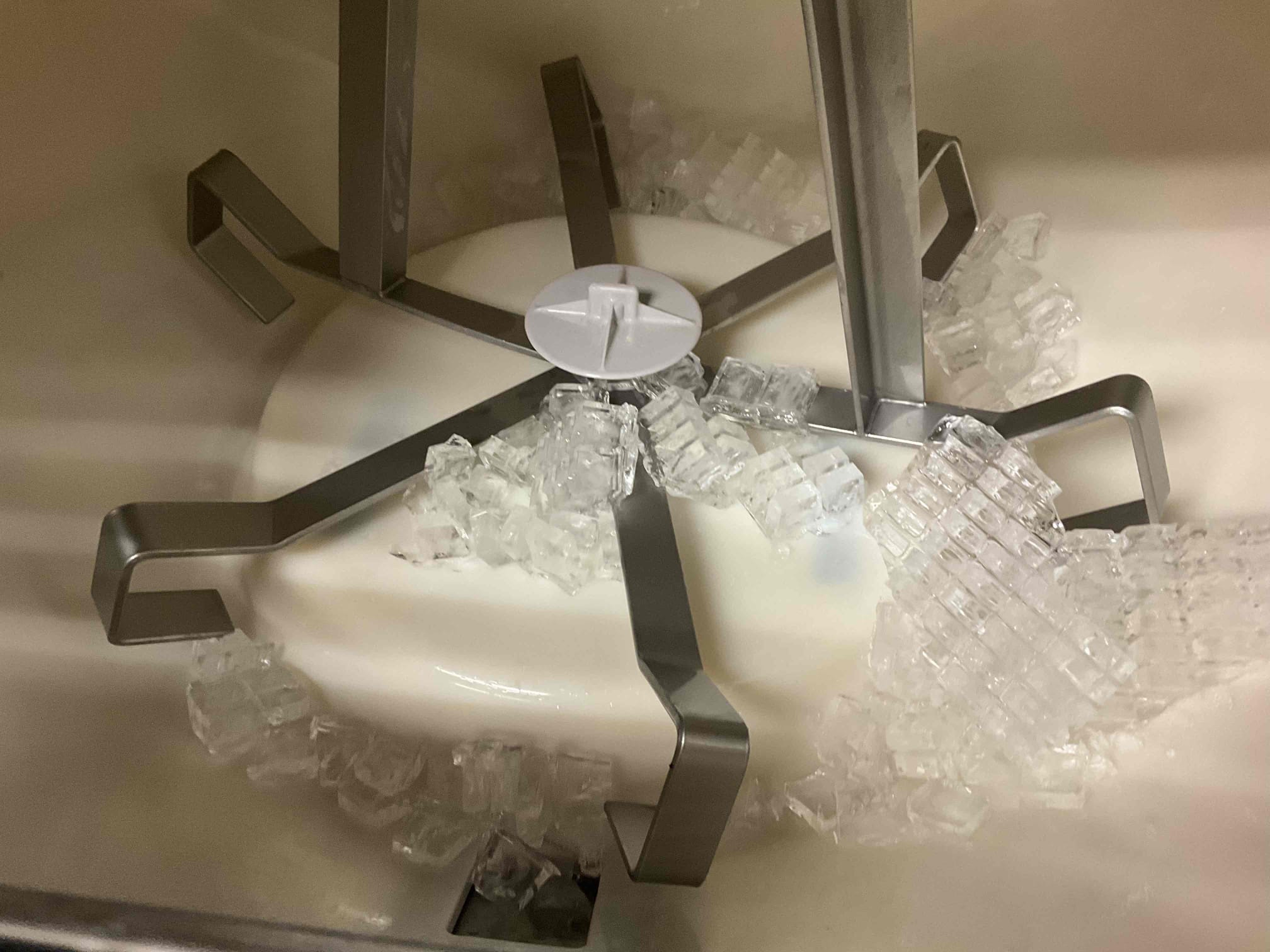
Best Practices for Storing Ice to Keep It Fresh and Clean

The Secret Ingredient for a Stress-Free Thanksgiving: Ice
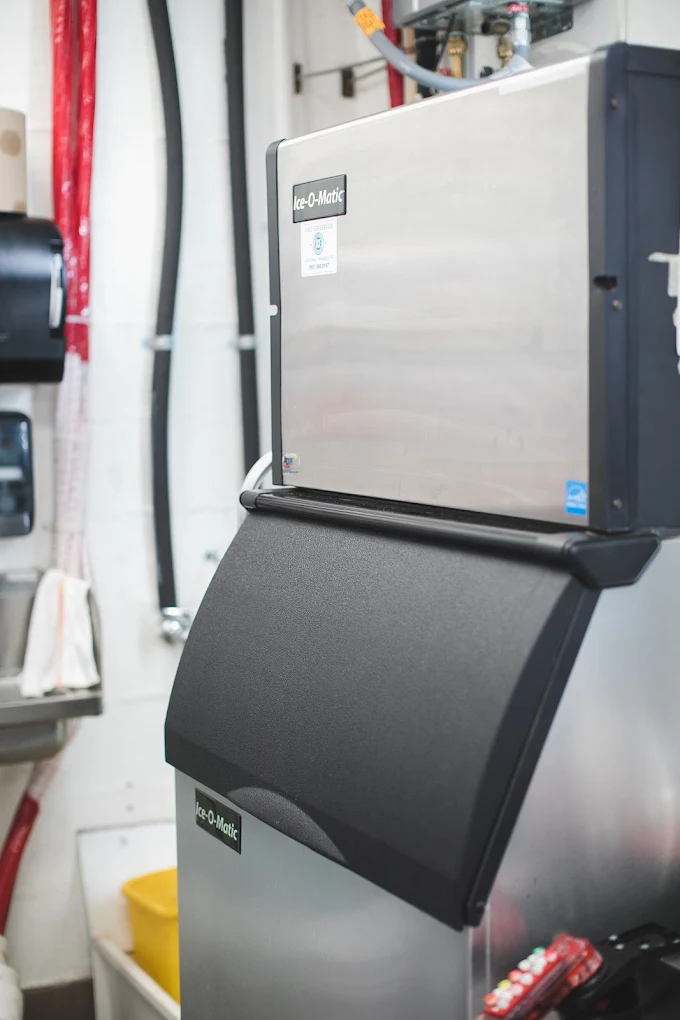
Benefits of Full-Service Ice Machine Rental for Stress-Free Event Planning

Bar Ice Machine Maintenance Service Tips for a Smooth-Running Bar
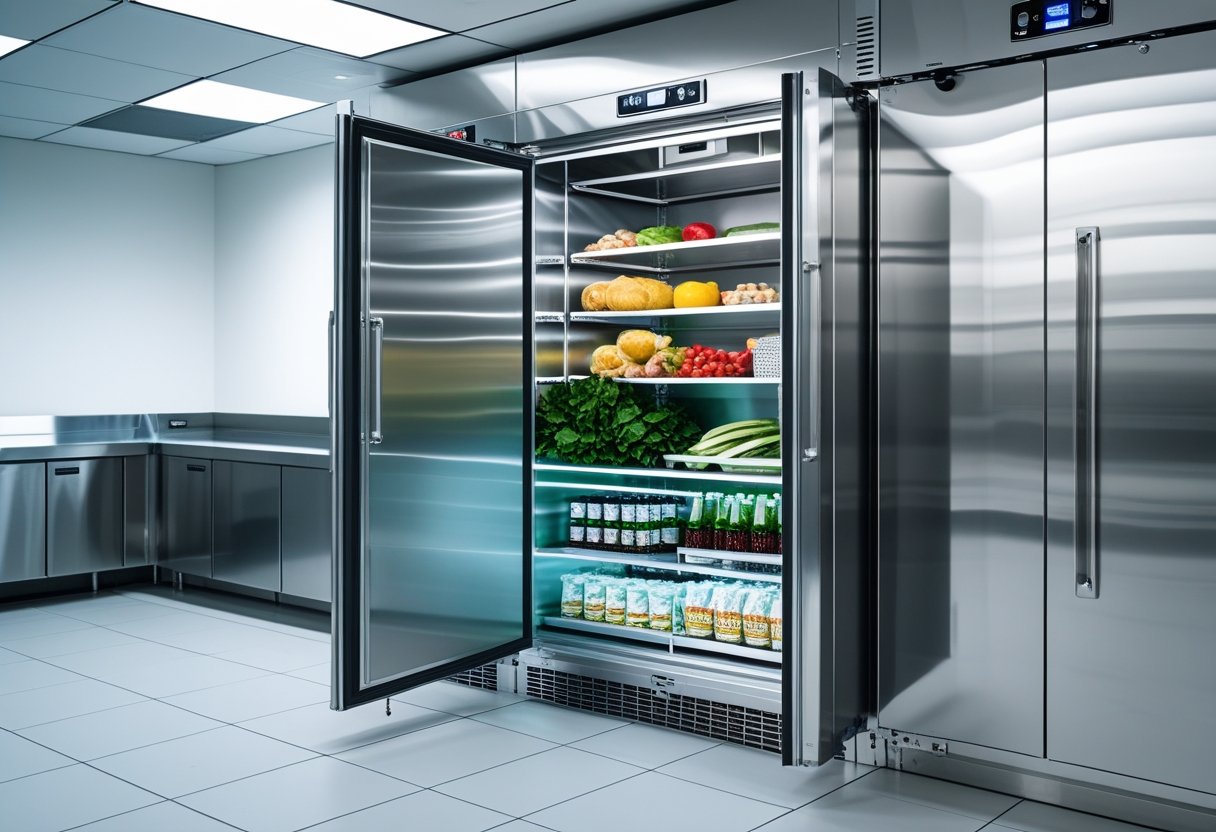
Why You Should Inspect Door Seals on Walk-In Coolers Regularly to Save Energy and Prevent Spoilage

Common Commercial Refrigeration Problems and Fixes Explained for Efficient Maintenance

